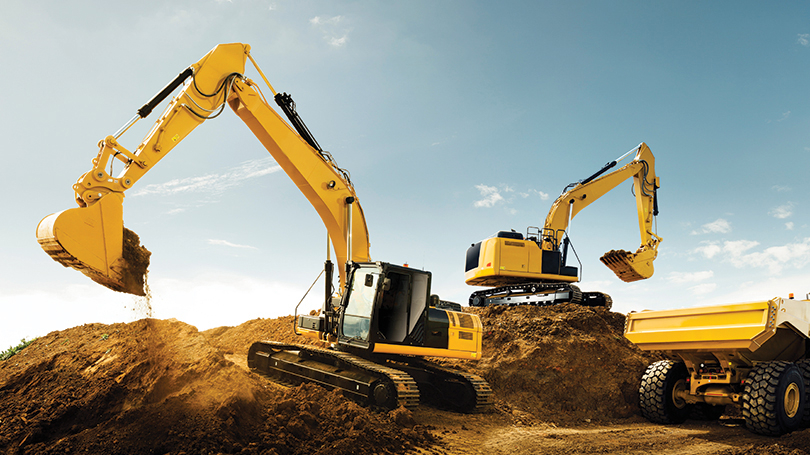Construction spending posted another solid gain in November, rising 0.4% over the month, according to the latest Wells Fargo Construction Spending Report. Amid high financing costs and shaky demand for real estate, overall momentum in the construction sector continues to be fueled by a few key segments. First, private single-family outlays have now picked up for seven consecutive months, reflecting the relative attractiveness of new construction amid scarce supply and tough affordability conditions in the existing home market. Second, the manufacturing construction rally appears to be counteracting the broader interest rate headwinds facing nonresidential construction. On the downside, multifamily outlays continue to moderate off of the post-pandemic construction boom alongside normalizing apartment demand and declining multifamily starts. Commercial construction also remains acutely challenged by elevated financing costs and restrictive lending conditions.
Surge in Single-Family Outlays Leads Residential Spending Growth
- Total residential spending rose 1.0% over the month, fueled almost entirely by a surge in single-family outlays. The rise in residential spending was the major driver behind November’s overall jump in construction spending, offsetting a slowdown in total nonresidential spending.
- Builders increased outlays for the seventh straight month, spurring a robust 2.9% uptick in private single-family spending. Strong underlying demand for homes and low resale inventory are fueling the single-family construction renaissance. Home builders’ ability to offer mortgage rate buy-downs and discounts have also made new homes attractive to buyers. The recent decline in mortgage rates should provide a tailwind for future single-family construction.
- Multifamily spending ticked up 0.1% over the month, amounting to little change from the previous two months. Developers look to be foregoing new projects amid the elevated apartment supply pipeline, moderating demand and ongoing restrictions to credit access.
- Households look to be pulling back on home improvement spending in the face of high financing costs and a cloudy economic outlook. Home renovation spending was down 2% year-over-year as of November.
Nonresidential Outlays Stagnate Despite a Boost from Manufacturing
- Total nonresidential construction spending dipped 0.1% in November fueled by a drop in public outlays. Although stricter credit conditions have been weighing on nonresidential construction for some time, November’s drop marked the first outright monthly decline since May 2022.
- The sustained rise in manufacturing construction continues to be a bright spot, fueled by public incentives for domestic production. Private manufacturing outlays climbed 0.5% in November amounting to a 59.4% year-over-year gain, the largest jump of any major nonresidential spending category.
- Commercial outlays, alternatively, continued to moderate as higher financing costs and restrictive lending conditions foster an unfavorable environment for commercial investment.
- Within commercial construction, normalizing inventory practices led private warehousing construction spending to edge lower for the fourth consecutive month in November. Lodging also posted a 3.0% drop over the month, reflecting the stagnating recovery in hotel occupancy amidst an uncertain economic outlook.
- Public nonresidential outlays were weighed down by spending declines in sewage and waste disposal and conservation and development. Highway and street spending continued to rise, possibly reflecting the utilization of federal and state infrastructure programs.
Commercial Construction Outlook Remains Dim
- Unfavorable business conditions at architecture firms suggests nonresidential spending is likely to weaken in the year ahead. Although the AIA/Deltek Architecture Billings Index rose to 45.3 in November, a majority of firms reported a decline in billings for the fourth consecutive month.
- By contrast, inquiries into new projects rebounded to their highest level since May 2023. We caution that this series can be highly volatile. The size of new design contracts declined for the fourth straight month as larger projects have been put on hold in the face of high interest rates.
- The November ABI survey asked architecture firms for their biggest business concerns going into 2024. Profitability topped the list amid the recent slowdown in new nonresidential construction projects. Inflation pressures continue to abate, as only 11% of firms selected volatile construction/building material costs as their top concern, down from 26% the year prior.









